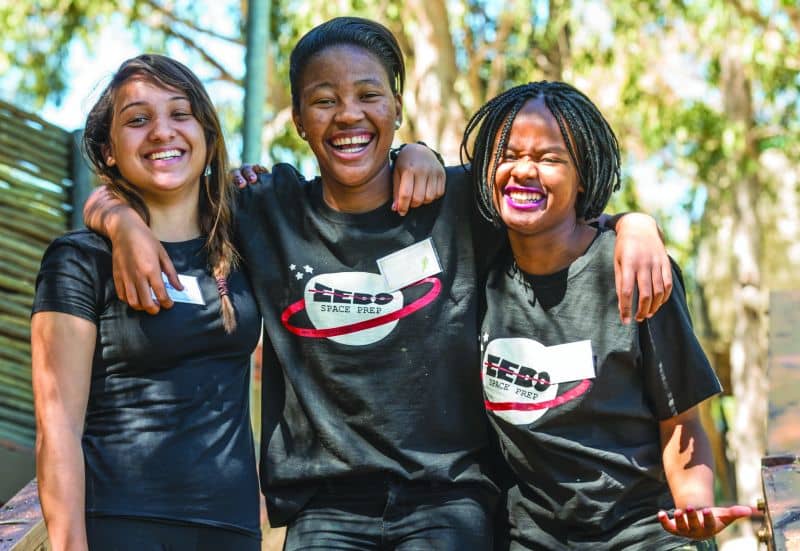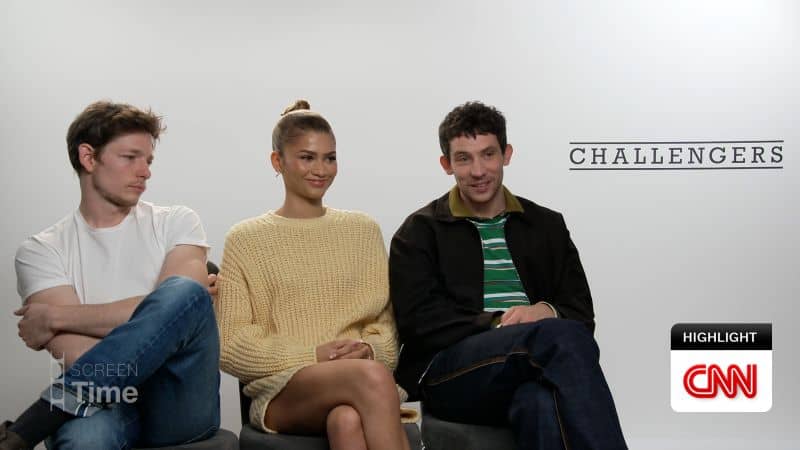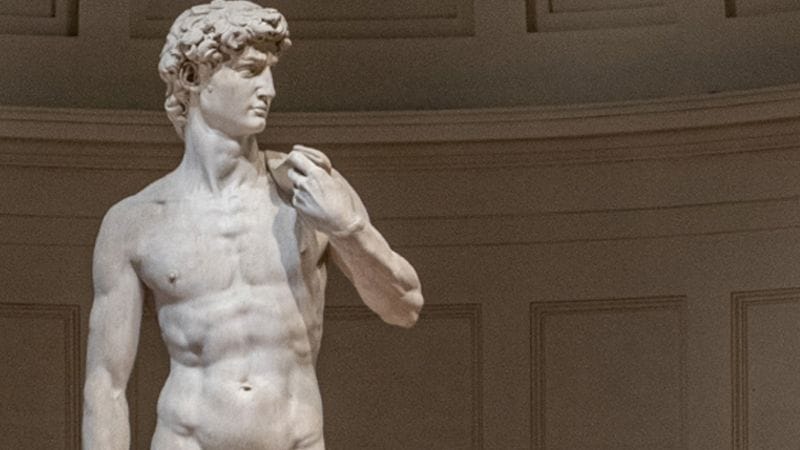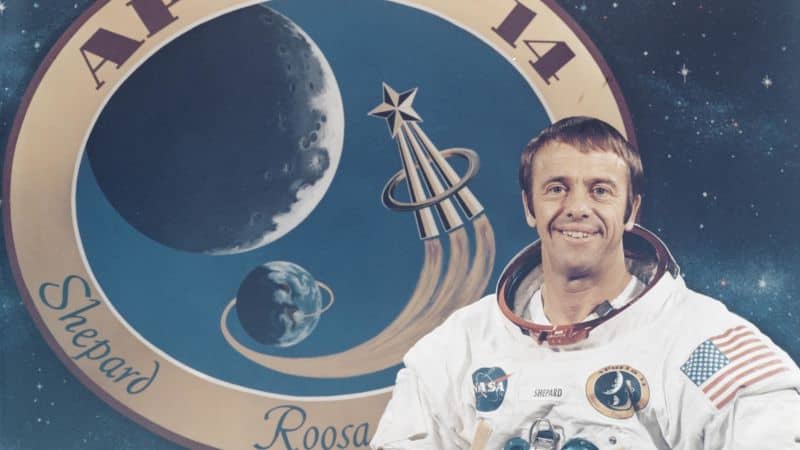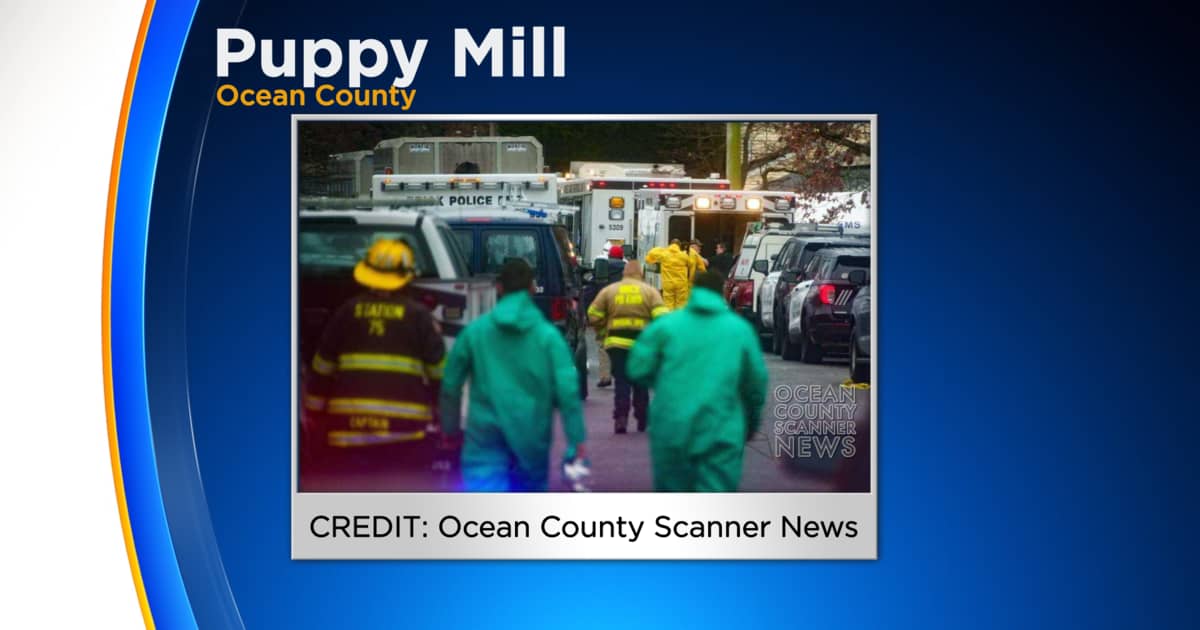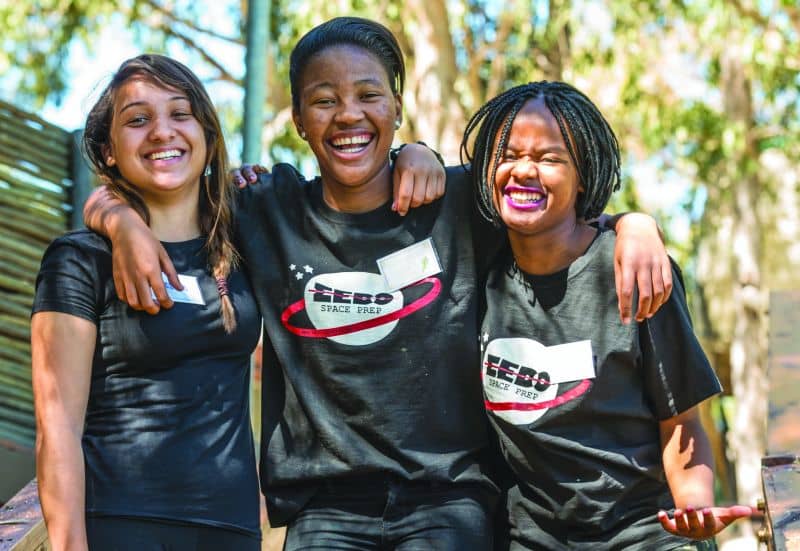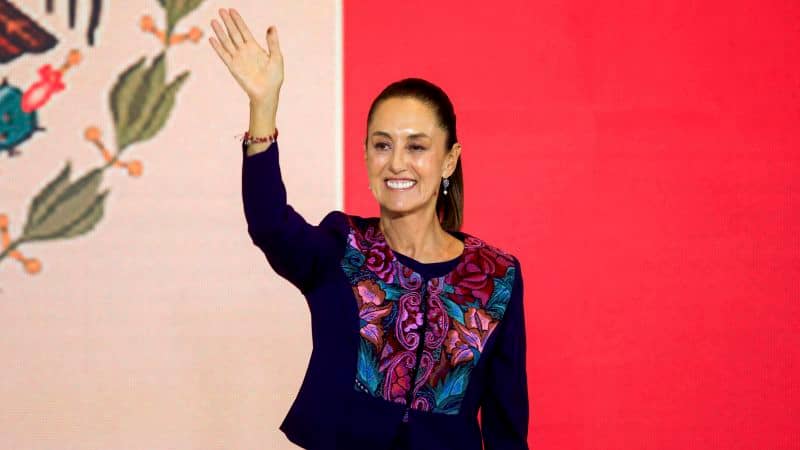Story highlights Africa will launch its first private satellite into space It’s been built by schoolgirls CNN — They may be teenagers, but 17-year-old Brittany Bull and 16-year-old Sesam Mngqengqiswa have grand
Virgin Boeing 747 to launch rocket into space
CNN
—
At the far southwestern tip of England, dangling into the Atlantic, the remote region of Cornwall rarely feels like the center of the world.
But recently locals have been feeling tantalizingly close as they’ve watched a very special plane fly low overhead, taking off from the runway at little Newquay Airport – the 29th biggest airport in the UK – and circling the skies above the coast before touching back down.
This isn’t just any plane. Nor is it a normal Boeing 747, as it appears from the ground. In fact, it’s the “Queen of the Skies” repurposed for the space race, making trial flights before it takes part in the United Kingdom’s first orbital space launch next month. And it’ll be taking off from Spaceport Cornwall, which shares the airport’s 1.7-mile regular runway.
Marc Andrew, from nearby Newquay, traveled to the spaceport after work to see the aircraft land this week.
“It was amazing to watch, and will be a nice bit of history to tell my little boy when he’s older,” he told CNN. He is now preparing to return for the November launch.
Cosmic Girl, as the plane has been named, is the vessel for Virgin Orbit’s bid to launch seven satellites into space.
A former passenger jumbo jet in service with Virgin Atlantic until 2015, it has been modified to carry LauncherOne, a California-made rocket which will go into the Earth’s orbit.
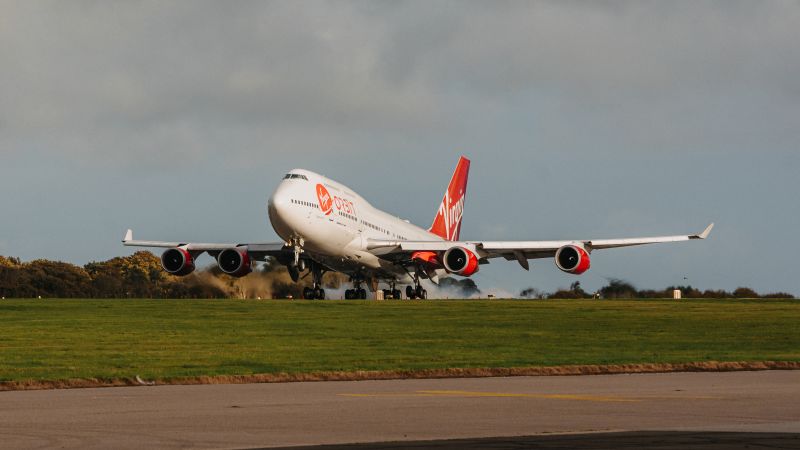
Next month, Cosmic Girl will take off from Newquay’s clifftop runway with LauncherOne under its wing – and once the 747 hits 34,000 feet, it’ll release the rocket.
Inside will be seven payloads, or satellites, which will start circling the planet in low Earth orbit.
A trial last year saw the rocket – released from under the 747’s left wing – traveling at up to 17,000 miles an hour as it zoomed into space.
Using a 747 for a horizontal launch enables a “broader range of orbits than would be possible from a traditional ground-launched system,” Virgin Orbit wrote in a statement.
The event will be the first orbital space launch for the UK and the first international launch for Virgin Orbit, according to the company. It’ll also be Europe’s first satellite launch, according to Ian Annett, deputy CEO at the UK Space Agency.
LauncherOne completed its first full launch rehearsal in Long Beach, California, on October 2, before being flown to the UK last Friday to meet Cosmic Girl, which arrived in Cornwall on October 11.
Cosmic Girl completed a nearly three-hour test flight around Cornwall and Southwest England on October 14, with Cornwall locals noting it flying low over their gardens.
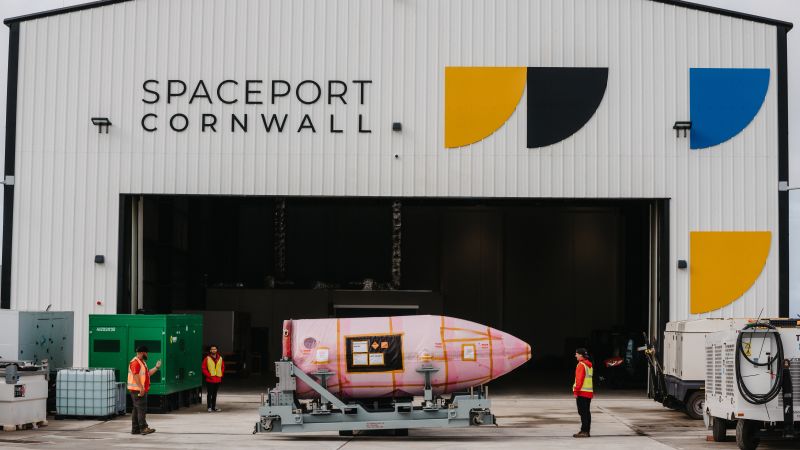
Virgin Orbit’s chief pilot, Matthew Stannard, who will fly the 747 for the launch, said: “It feels amazing to bring Cosmic Girl home to the UK We are weeks away now from the first UK launch at Spaceport Cornwall so it’s all very real.”
Melissa Thorpe, head of Spaceport Cornwall, said: “Seeing the infrastructure in place makes our launch ambitions a reality.”
Hoping to see more Cosmic Girls? Virgin Orbit is planning to bring horizontal launches to Australia, Brazil, Japan, Poland and the Republic of Korea.
Don't Miss
Story highlights Astronauts can temporarily gain 2 inches in height but suffer muscle loss and back pain More countermeasures involving
Turn Your Rising Home Equity Into Cash You Can Use Source link
Story highlights Shane Kimbrough is a NASA astronaut He voted in the 2016 election CNN — From infinity and beyond,
Story highlights
Astronauts can temporarily gain 2 inches in height but suffer muscle loss and back pain
More countermeasures involving exercise may help mitigate pain and muscle loss
CNN
—
A six-month stay on the International Space Station can be a pain in the back for astronauts. While they may gain up to 2 inches in height temporarily, that effect is accompanied by a weakening of the muscles supporting the spine, according to a new study.
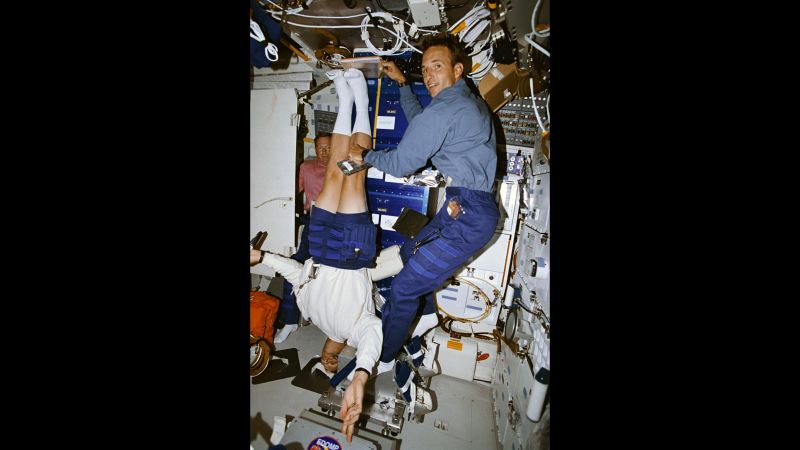
Astronauts have been reporting back pain since the late 1980s, when space missions grew longer. Their flight medical data show that more than half of US astronauts have reported back pain, especially in their lower backs. Up to 28% indicated that it was moderate to severe pain, sometimes lasting the duration of their mission.
Things don’t improve when they return to Earth’s gravity. In the first year after their mission, astronauts have a 4.3 times higher risk of a herniated disc.
“It’s sort of an ongoing problem that has been a significant one with cause for concern,” said Dr. Douglas Chang, first author of the new study and associate professor of orthopedic surgery and chief of physical medicine and rehabilitation service at University of California San Diego Health. “So this study is the first to take it from just an epidemiological description and look at the possible mechanisms for what is going on with the astronauts’ backs.”
Much attention has been focused on intervertebral discs, the spongy shock absorbers that sit between our vertebrae, as the culprit for the back issues that astronauts face. But the new study runs counter to that thinking. In this research, funded by NASA, Chang’s team observed little to no changes in the discs, their height or swelling.
What they did observe in six astronauts who spent four to seven months on the ISS was a tremendous degeneration and atrophying of the supporting musculature in the lumbar (lower) spine, Chang said. These muscles are the ones that help us stay upright, walk and move our upper extremities in an environment like Earth, while protecting discs and ligaments from strain or injury.
In microgravity, the torso lengthens, most likely due to spinal unloading, in which the spinal curvature flattens. Astronauts also aren’t using the muscle tone in their lower backs because they aren’t bending over or using their lower backs to move, like on Earth, Chang said. This is where the pain and stiffening occurs, much like if the astronauts were in a body cast for six months.
MRI scans before and after the missions revealed that the astronauts experienced a 19% decrease in these muscles during their flight. “Even after six weeks of training and reconditioning here one Earth, they are only getting about 68% of their losses restored,” Chang explained.
Chang and his team consider this a serious issue for long-term manned missions, especially when considering a trip to Mars that could take eight or nine months just to reach the Red Planet. That trip, and the astronauts’ potential time spent in Martian gravity – 38% of the surface gravity on Earth – creates the potential for muscle atrophy and deconditioning.
The team’s future research will also look at reported neck issues, where there can be even more occurrences of muscle atrophy and a slower recovery period. They are also hoping to partner with another university on inflight ultrasounds of the spine, to look at what happens to astronauts while they are on the space station.
Because nobody likes back pain and muscle loss, Chang suggested countermeasures that should be added to the already two- to three-hour workout astronauts have on the space station each day. Though their exercise machines focus on a range of issues including cardiovascular and skeletal health, the team believes that space travelers also need to include a core-strenghtening program focused on the spine.
In addition to the “fetal tuck” position astronauts use in microgravity to stretch their lower back or alleviate back pain, Chang suggested yoga. But he knows that is easier said than done.
“A lot of yoga depends on the effects of gravity, like downward dog, where a stretch through the hamstring, calf muscles, back of the neck and shoulders are possible because of gravity. When you remove that, you may not have the same benefit.”
Any machines on the space station also have to be designed with regards to weight, size and even the reverberations they could produce on the station.
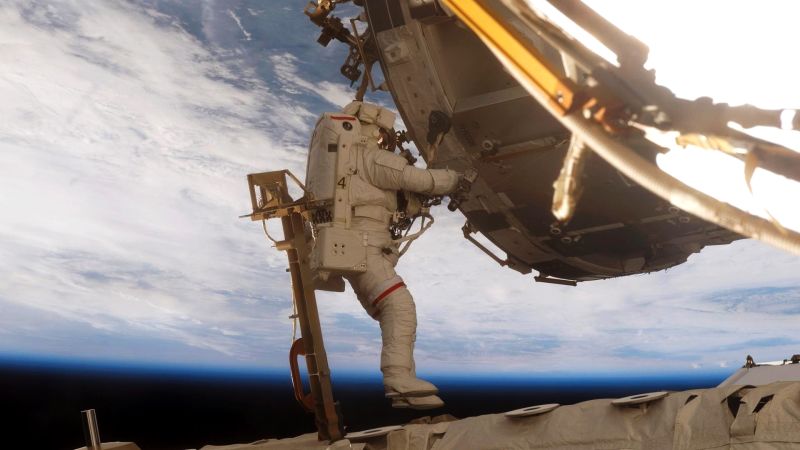
Chang and the other researchers brainstormed with a virtual reality team about different exercise programs that would enable astronauts to invite friends, family or even Twitter followers to join them in a virtual workout, making the daily repetition of their workouts more fun and competitive.
One of Chang’s teammates has felt this pain personally. Dr. Scott Parazynski is the only astronaut to summit Mount Everest. He experienced a herniated disc after returning from the ISS to Earth. Less than a year later, when he attempted to climb Everest the first time, he had to be airlifted off. After a rehabilitation process, he eventually made the summit. Now, he speaks to current astronauts about the ways they can contribute to studies about their health in microgravity.
Join the conversation
Keeping the astronauts healthy and fit is the least they can do, Chang said.
“When a crew comes back, they say on one side of the space station, they see this beautiful blue planet,” he said. “Everything they hold dear to them is on this fragile little planet. And they look out the other window and just see infinity stretching off into the blackness, and they come back with a different sense of themselves and their place in the universe.
“All of them are committed to furthering space knowledge and making incremental steps forward in any way they can for the next crew.”
Don't Miss
Sign up for Unlocking the World, CNN Travel’s weekly newsletter. Get news about destinations opening, inspiration for future adventures, plus
Josh O’Connor on ‘Challengers’ exploring the beauty and pain of modern relationships “Challengers” could also be called “co-dependancy, the movie,”
CNN — Lionel Messi celebrated his return to Paris Saint-Germain with a goal in his first game back since lifting
This NASA astronaut voted from space
Story highlights
Shane Kimbrough is a NASA astronaut
He voted in the 2016 election
CNN
—
From infinity and beyond, he found a way to vote.
Shane Kimbrough, a NASA astronaut currently living on board the International Space Station, filed his ballot in Tuesday’s presidential election, according to a Tumblr post by NASA.
NASA told Yahoo News that Kimbrough filed his ballot in the 2016 election from the space station sometime over the past few days.
For astronauts who will be in space on Election Day, the voting process starts a year before launch. At that time, they are able to select the elections in which they want to participate.
Then, six months before the election, astronauts are provided with the form “Voter Registration and Absentee Ballot Request – Federal Post Card Application.”
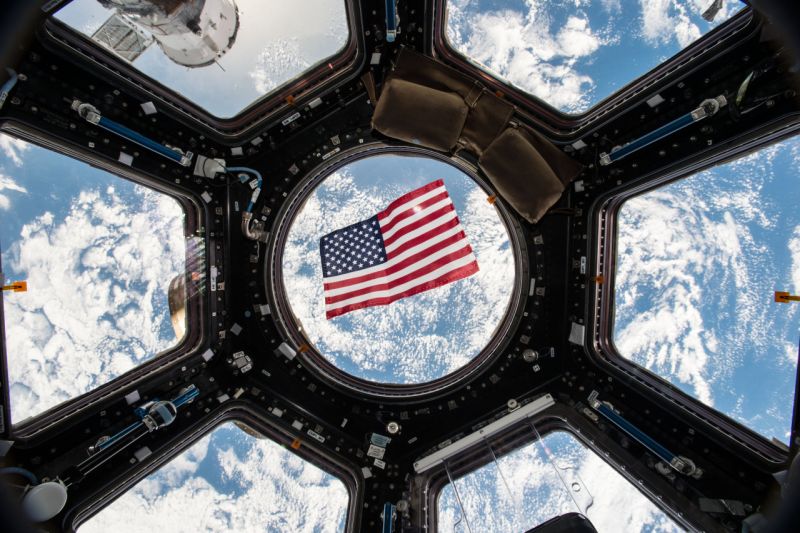
NASA astronaut David Wolf was the first American to vote in space while on the Russian Mir Space Station in a 1997 local election, according to NPR.
Don't Miss
Editor’s Note: Sign up to CNN Travel’s free nine-part Unlocking Italy newsletter for insider intel on Italy’s best loved destinations
The incredible true story of the time an astronaut played golf on the moon Over 50 years ago, Alan B.
Digital Brief: Dec. 3, 2022 (AM) Digital Brief: Dec. 3, 2022 (AM) 02:59 BRICK, N.J. (CBS) — Two people in
Story highlights
Africa will launch its first private satellite into space
It’s been built by schoolgirls
CNN
—
They may be teenagers, but 17-year-old Brittany Bull and 16-year-old Sesam Mngqengqiswa have grand ambitions – to launch Africa’s first private satellite into space in 2019.
They are part of a team of high school girls from Cape Town, South Africa, who have designed and built payloads for a satellite that will orbit over the earth’s poles scanning Africa’s surface.
Once in space, the satellite will collect information on agriculture, and food security within the continent.
Using the data transmitted, “we can try to determine and predict the problems Africa will be facing in the future”, explains Bull, a student at Pelican Park High School.
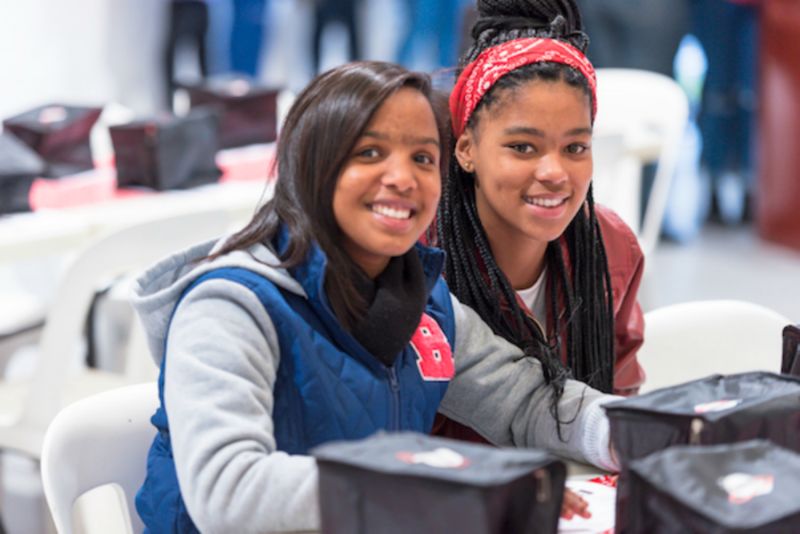
“Where our food is growing, where we can plant more trees and vegetation and also how we can monitor remote areas,” she says. “We have a lot of forest fires and floods but we don’t always get out there in time.”
Information received twice a day will go towards disaster prevention.
It’s part of a project by South Africa’s Meta Economic Development Organization (MEDO) working with Morehead State University in the US.
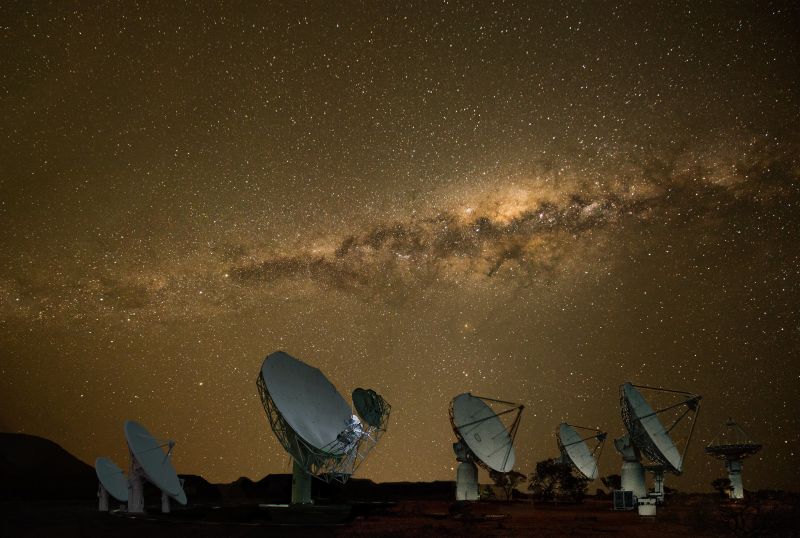
Photos: Africa’s journey to space
Courtesy SKA
Pictured here: a composite image of the MeerKAT and Square Kilometre Array Pathfinder (ASKAP) satellites.
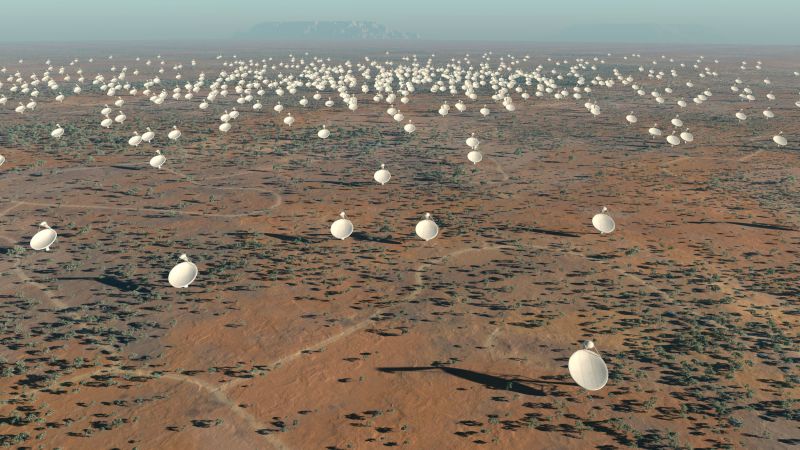
Photos: Africa’s journey to space
Courtesy of SPDO/Swinburne Astronomy Productions
South Africa’s Karoo desert will be home to the Square Kilometer Array, a cluster of 3,000 satellite dishes working in tandem over a square kilometer area.
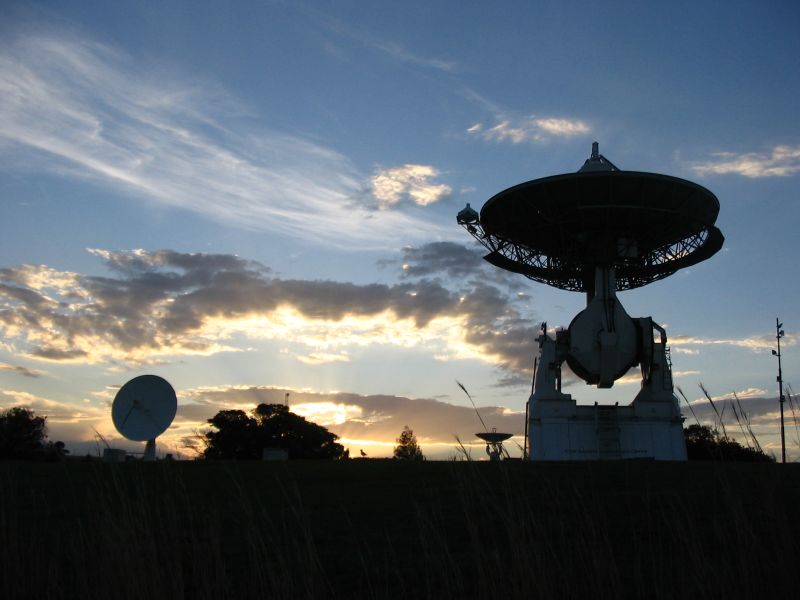
Africa’s participation in the project will be ramped up by distant stations situated in Botswana, Kenya, Madagascar, Mauritius, Mozambique, Namibia and Zambia.” class=”gallery-image__dam-img” height=”1536″/>
Photos: Africa’s journey to space
Courtesy SKA
Africa’s participation in the project will be ramped up by distant stations situated in Botswana, Kenya, Madagascar, Mauritius, Mozambique, Namibia and Zambia.
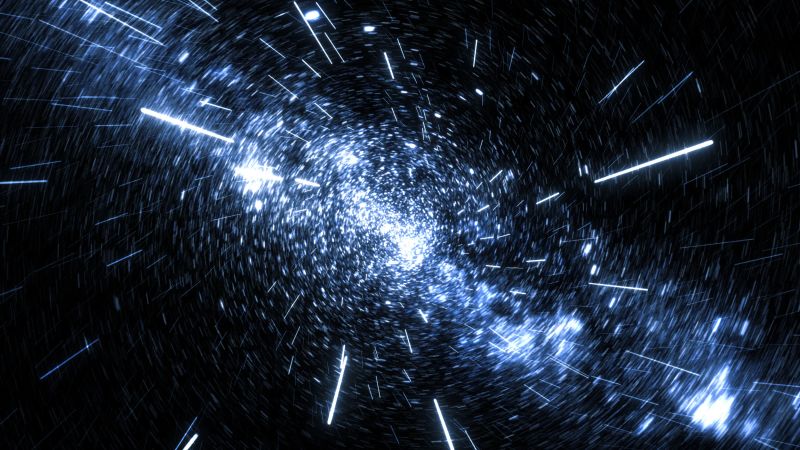
Photos: Africa’s journey to space
Courtesy of SPDO/Swinburne Astronomy Productions
Scientists hope the project will shed further light on the mysteries posed by the likes of quasars, dark matter and black holes.
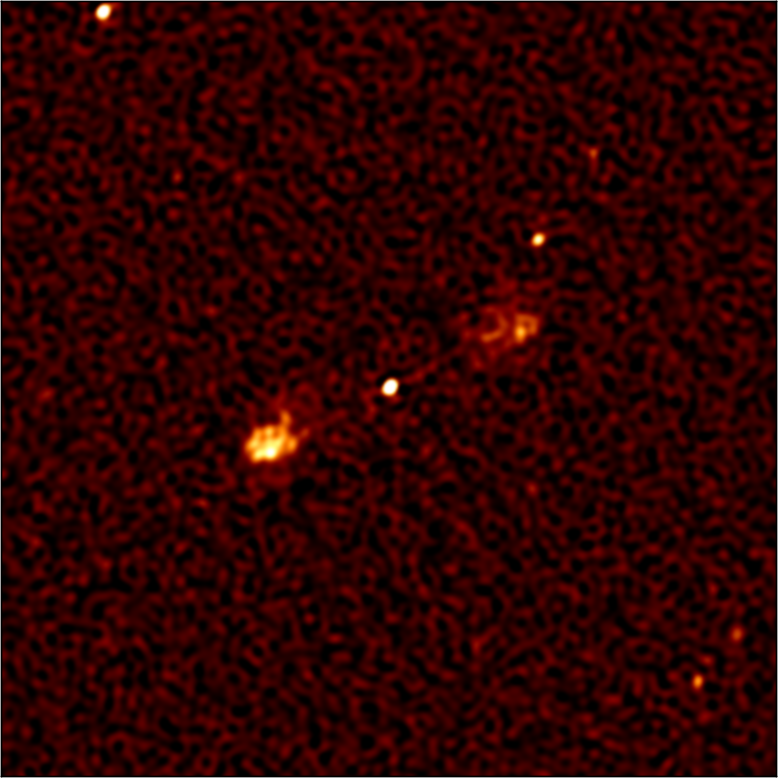
Photos: Africa’s journey to space
SKA Africa
Pictured here: the first light images from the MeerKAT. The telescope array currently comprises of 16 dishes that will eventually become a part of the Square Kilometre Array.

Photos: Africa’s journey to space
SKA Africa
More than 1,300 individual objects – galaxies in the distant universe – are seen in this image.
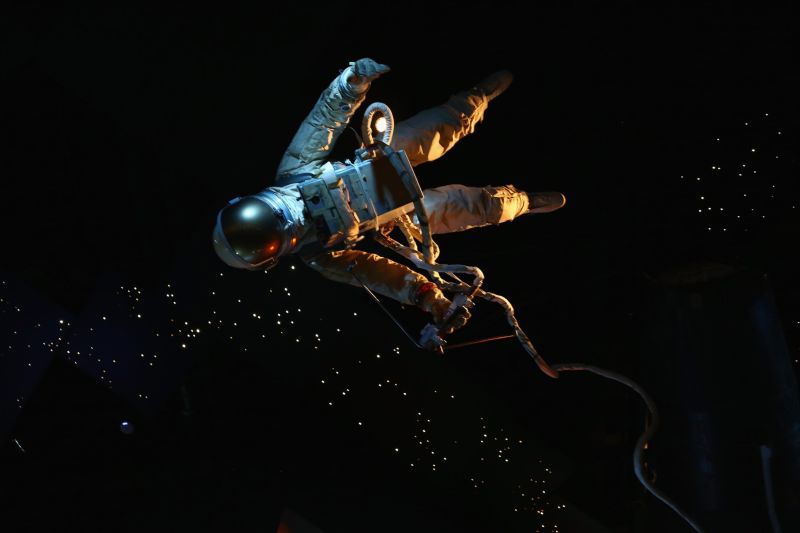
Photos: Africa’s journey to space
Ronald Martinez/Getty Images North America/Getty Images
Photo by Ronald Martinez/Getty Images
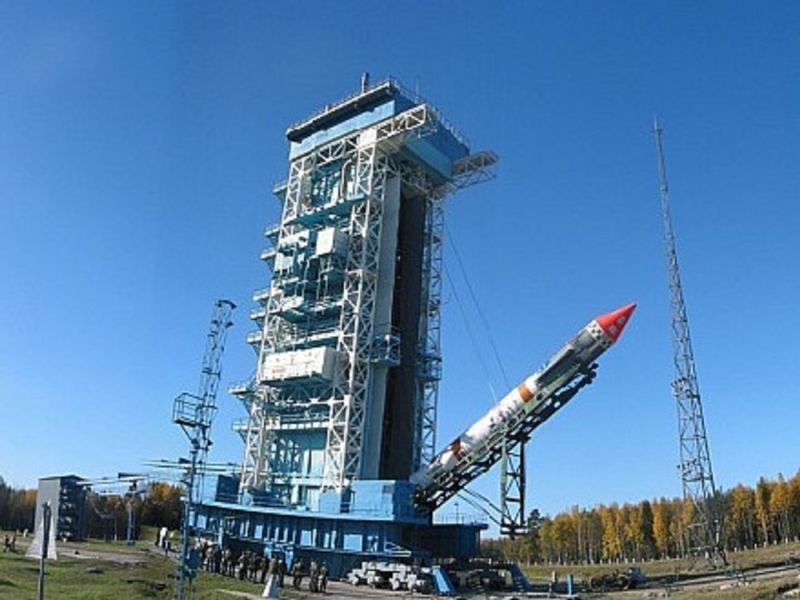
Photos: Africa’s journey to space
SSTL
Nigeria has already launched five satellites into space. The first – NigeriaSat-1 – was launched on a Kosmos-3M rocket from Russia’s Plesetsk spaceport in 2003.
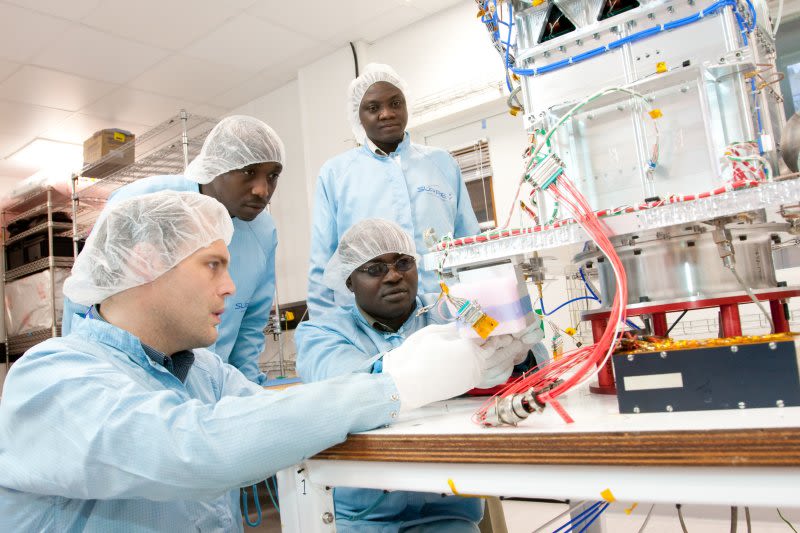
Photos: Africa’s journey to space
SSTL
The Nigerian space agency claims to have trained 300 staff to PhD or BsC level, and has ambitious plans to expand the industry, and encourage space programs across the continent.
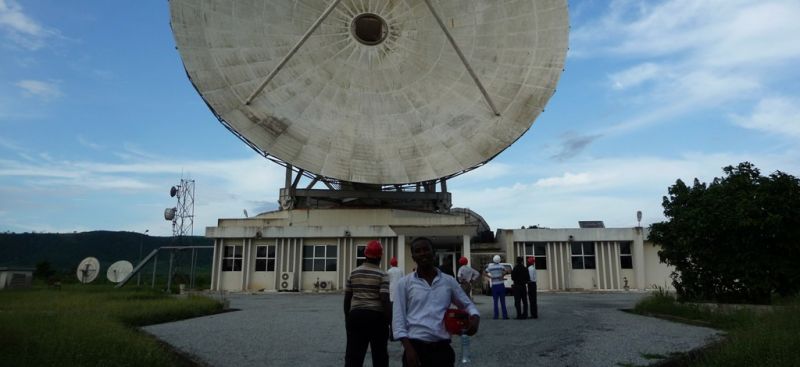
Photos: Africa’s journey to space
GSSTC
Ghana has established a new space center as part of the country’s embrace of advanced technology industries.
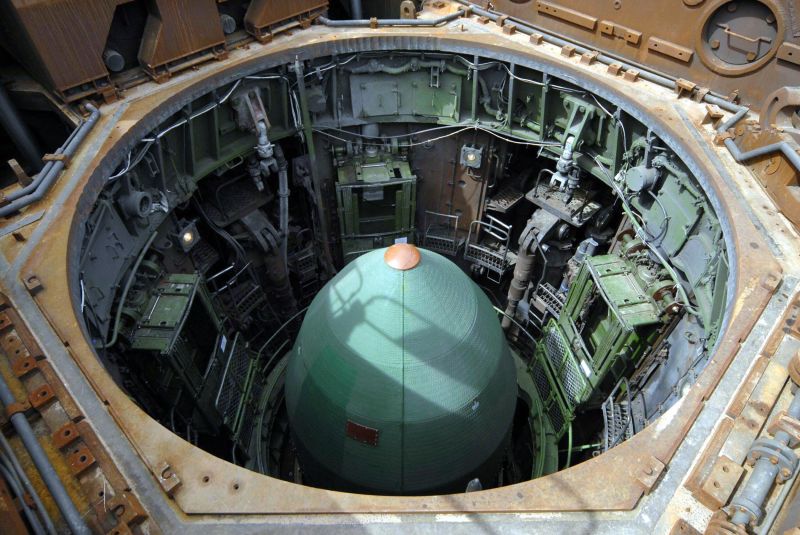
Photos: Africa’s journey to space
AFP/Getty Images
Egypt has one of the continent’s oldest space programs, having launched several satellites aboard Russian rockets.
The girls (14 in total) are being trained by satellite engineers from Cape Peninsula University of Technology, in a bid to encourage more African women into STEM (science, technology, engineering, mathematics).
If the launch is successful, it will make MEDO the first private company in Africa to build a satellite and send it into orbit.
“We expect to receive a good signal, which will allow us to receive reliable data,” declares an enthusiastic Mngqengqiswa, of Philippi High School. “In South Africa we have experienced some of the worst floods and droughts and it has really affected the farmers very badly.”
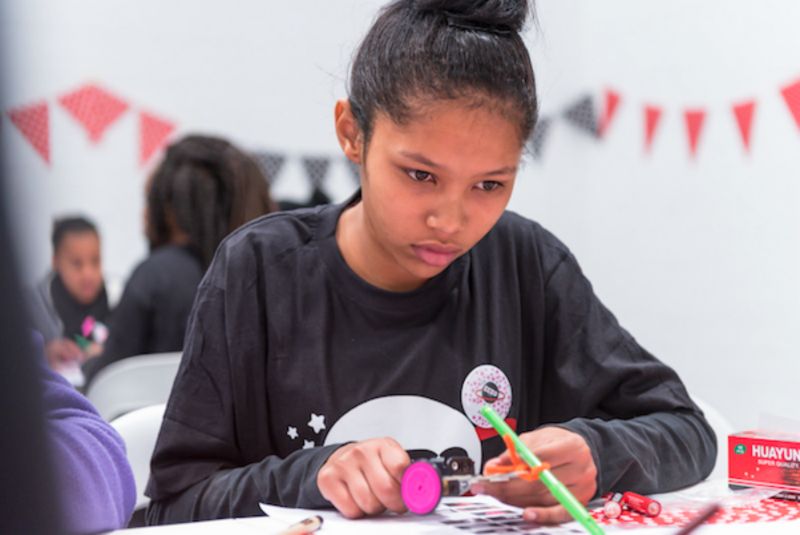
Drought and environmental effects from climate change have continued to plague the country in recent years. An El Niño induced drought led to a shortfall of 9.3 million tons in southern Africa’s April 2016 maize production, according to a UN report.
“It has caused our economy to drop … This is a way of looking at how we can boost our economy,” says the young Mngqengqiswa.
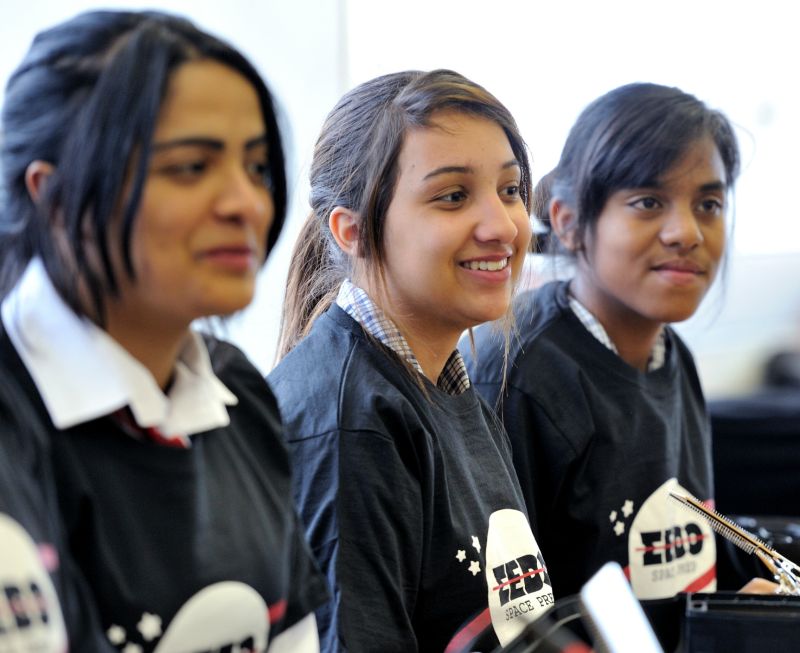
Initial trials involved the girls programming and launching small CricketSat satellites using high-altitude weather balloons, before eventually helping to configure the satellite payloads.
Small format satellites are low cost ways of gathering data on the planet quickly. Tests so far have involved collecting thermal imaging data which is then interpreted for early flood or drought detection.
“It’s a new field for us [in Africa] but I think with it we would be able to make positive changes to our economy,” says Mngqengqiswa.
Ultimately, it is hoped the project will include girls from Namibia, Malawi, Kenya, and Rwanda.
Mngqengqiswa comes from a single parent household. Her mother is a domestic worker. By becoming a space engineer or astronaut, the teenager hopes to make her mother proud.
“Discovering space and seeing the Earth’s atmosphere, it’s not something many black Africans have been able to do, or do not get the opportunity to look at,” says Mngqengqiswa.
The schoolgirl is right; in half a century of space travel, no black African has journeyed to outer space. “I want to see these things for myself,” says Mngqengqiswa, “I want to be able to experience these things.”
Her team mate, Bull agrees: “I want to show to fellow girls that we don’t need to sit around or limit ourselves. Any career is possible – even aerospace.”
Don't Miss
Presidential candidate Xóchitl Gálvez waves to supporters during an election campaign rally in Tarimbaro, Michoacan state, Mexico, on April 21.
Chris Kirk speaks to CNN after first PGA Tour win in 8 years American golfer Chris Kirk had won four
CNN — Lionel Messi celebrated his return to Paris Saint-Germain with a goal in his first game back since lifting

